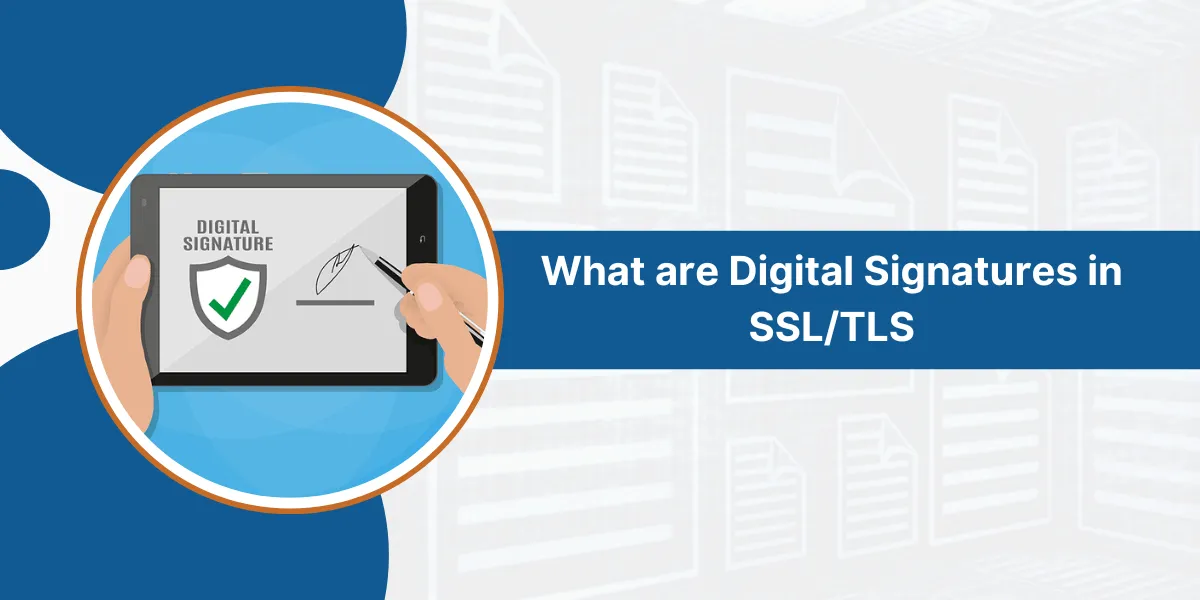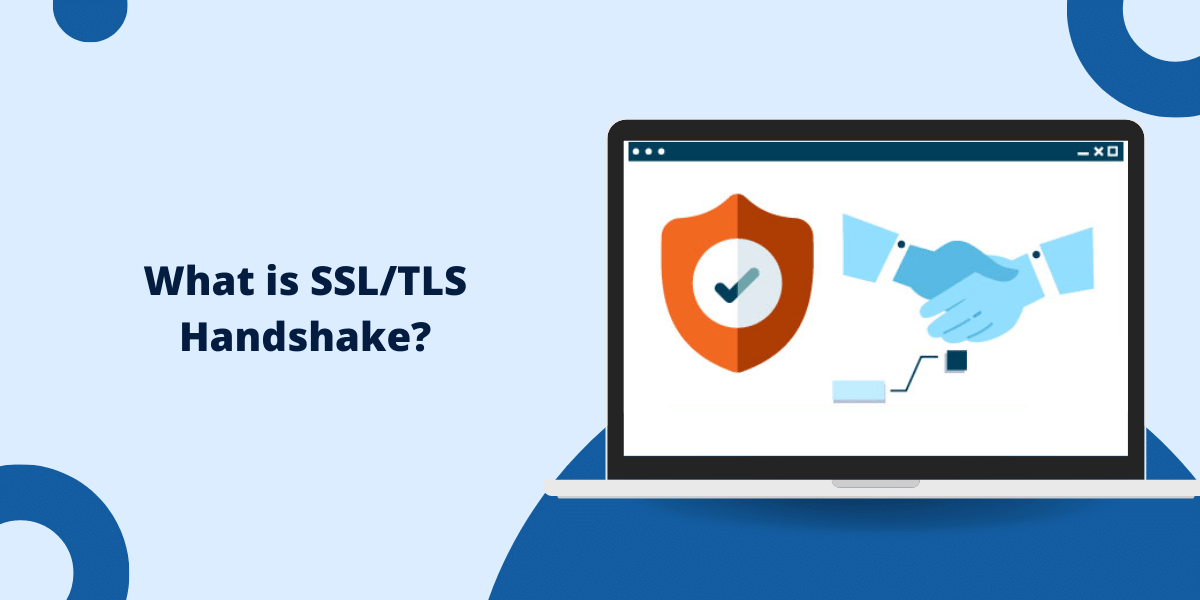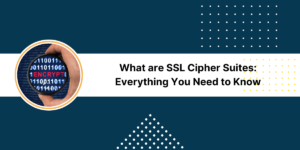Digital Signatures: A Beginner’s Guide
Digital signatures are an important component of SSL/TLS protocols, which provide authentication, integrity, and non-repudiation for communications over the Internet. They allow users to verify that messages actually come from the claimed sender and have not been altered during transmission.
Key Takeaways
- Digital signatures use public-key cryptography to provide authentication and integrity. The sender’s private key generates the signature, and the public key verifies it.
- Digital signatures offer non-repudiation by proving the sender’s identity. The sender cannot later deny having sent the message.
- SSL/TLS protocols use digital signatures to authenticate the server and, in some cases, the client. This prevents man-in-the-middle attacks.
- The digital signature is generated by encrypting a message hash with the private key, which is attached to the message.
- The recipient uses the public key to decrypt the signature and verifies it matches a newly calculated hash of the message.
- Digital signatures provide trust in SSL/TLS communications used for ecommerce, banking, and other sensitive applications.
How Digital Signatures Work?
Digital signatures are based on public-key cryptography, also known as asymmetric cryptography. This method uses a pair of keys: a private key and a public key: that are mathematically related, but using the public key does not reveal the private key.
To create a digital signature, the sender generates a hash of the message they want to send. This hash is a fixed-length string that represents a fingerprint of the message content.
The hash is then encrypted using the sender’s private key, and the result is appended to the message as the digital signature before transmitting it.
The recipient uses the sender’s public key to decrypt the digital signature attached to the message, recovering the original hash value.
The recipient also generates a new hash of the received message content. By comparing the decrypted hash and the newly calculated hash, the recipient can verify the message integrity. If the two hashes match, the message has not been altered.
Since only the sender has access to their private key, successfully decrypting the signature with the public key also authenticates they are the true sender.
What’s the Use of Digital Signatures in SSL/TLS
SSL and TLS protocols make extensive use of digital signatures to:
- Authenticate Servers: Public key certificates containing the server’s public key are an essential part of SSL/TLS. These certificates are digitally signed by a trusted certificate authority to prove the server’s identity. Web browsers verify these signatures before establishing secure connections.
- Authenticate Clients (Optional): The server can optionally request the client’s certificate and verify that it is signed by a trusted authority. This provides two-way or mutual authentication between client and server.
- Integrity of Communications: Symmetric encryption keys used to encrypt SSL/TLS communications are generated uniquely for each connection. These keys are exchanged securely between client and server by encrypting them with digital signatures during the initial handshake.
- Detect Tampering: All encrypted application data transmitted in SSL/TLS has a message authentication code (MAC) calculated from it. This is digitally signed with the negotiated symmetric key to detect any tampering, such as malicious modification or messages inserted by an attacker.
SSL digital signatures thereby prevent man-in-the-middle attacks and provide confidence in the identity of the parties involved, as well as the integrity of the encrypted communications.
Digital Signatures in Different SSL/TLS Versions
The use of digital signatures evolved across the various versions of the SSL and TLS protocols:
- SSL 1.0 (1996): Used RSA key exchange to encrypt symmetric keys but had many security flaws. Proved vulnerable to attacks and quickly superseded.
- SSL 2.0 (1995) Introduced the use of message authentication codes (MACs) and hash functions for integrity. However, it is still flawed and has never been publicly released.
- SSL 3.0 (1996): The first SSL version was released for public use, and RSA, Diffie-Hellman, and DSA were used to sign key exchanges. Considered secure initially but later found vulnerable to attacks.
- TLS 1.0 (1999) is a replacement for SSL 3.0. It improved cipher suites, MAC integrity checks, and the pseudorandom function (PRF). The first version is still commonly used today.
- TLS 1.1 (2006): Incremental update. Introduced SHA-256 hashes and AES encryption.
- TLS 1.2 (2008): Major redesign for improved security. Uses signature algorithms like ECDSA and RSA-PSS rather than plain RSA.
- TLS 1.3 (2018): Modern redesign that removes obsolete cryptographic practices. Uses elliptic curve cryptography for key exchange. Reduces handshake time.
Digital Signature Algorithms Used in SSL/TLS
A variety of public-key signature algorithms have been used for digital signatures in SSL/TLS:
- RSA: Originally used to sign SSL/TLS handshake messages and key exchanges. It is probably secure but slow compared to newer algorithms. They are still used today in many TLS 1.0/1.1 implementations.
- DSA provides faster Signing than RSA. It was previously used in some SSL 3.0 and TLS 1.0 applications but is no longer recommended for new implementations.
- ECDSA: Elliptic curve variant of DSA. Provides faster performance and smaller key sizes: the default digital signature algorithm for TLS 1.2 and newer.
- RSA-PSS: Improved padding scheme for RSA to make it more secure. Available in TLS 1.2 but not earlier.
- EdDSA: The Ed25519 version uses high-speed elliptic curves. It is supported in TLS 1.3 for authentication of key exchanges and replaces DSA and ECDSA.
The signature algorithm used is negotiated between the client and server during the SSL/TLS handshake based on their configured preferences and the highest supported protocol version. Older RSA and DSA algorithms are still commonly encountered in practice.
Hashing Algorithms Used
Digital signature generation involves first hashing the message. The hashing algorithms used in SSL/TLS have also evolved:
- MD5: Original hash used in SSL 3.0 and TLS 1.0. Now considered cryptographically broken and obsolete.
- SHA-1: Improvement over MD5 introduced in TLS 1.1. Some collisions have been found, so it is being phased out.
- SHA-2: Current standard hash for digital signatures. TLS 1.2 uses SHA-256, while SHA-384 and SHA-512 are also approved.
- SHA-3: Next-generation hash algorithm. It is not yet widely used but is specified for TLS 1.3 implementations.
Securing Digital Signature Private Keys
The security of a server’s private key used for SSL/TLS digital signatures is critical. If compromised, an attacker could impersonate the server or decrypt previously captured traffic.
Common best practices for securing the private key include:
- Store keys securely in a TPM or HSM with limited access.
- Restrict access to the private key with physical security and smart cards that require additional authentication.
- Ensure the issuing CA implements strong identity checks prior to issuing certificates.
- Promptly replace private keys if there is any reason to believe they may have been compromised.
- Use perfect forward secrecy ciphers that generate new temporary keys to limit exposure of the private key.
- Enforce a maximum certificate validity period, after which new keys must be generated. Typically, 1-2 years.
Use Cases of Digital Signature
Beyond SSL/TLS, digital signatures are widely used to provide authentication, integrity and non-repudiation for:
- Email: Email security standards like S/MIME allow email contents and attachments to be digitally signed. This prevents spoofing and tampering.
- Documents: Word processors and PDF documents can contain digital signatures to authenticate the signer and detect any changes.
- Software: Software releases are digitally signed by developers so users can verify their authenticity and that they haven’t been maliciously modified.
- Financial Transactions: Standards like ISO 20022 use digital signatures to authenticate financial messages between banks and clearing houses.
- Blockchain: Digital signatures provide user authentication and transaction validation in blockchain systems like Bitcoin and Ethereum.
- Code Signing: Developers digitally sign their applications so users can verify authenticity and that the code hasn’t been altered or corrupted.
- Secure Boot: Operating systems verify bootloaders and kernel code using digital signatures before completing the boot process to prevent tampering.
Digital Signature Standards
Common standards related to the use of digital signatures include:
- X.509: Defines the format for public key certificates used in SSL/TLS and other protocols.
- PKCS #7: Cryptographic standard that describes the usage of digital signatures with attributes like signing time.
- CAdES: Specifies mechanisms for electronically signing PDF and other documents with digital signatures.
- PGP: Open standard that provides authentication and encryption using digital signatures and public-key cryptography.
- XML Signatures: W3C standard that defines XML-based digital signatures for signing and verifying the contents and origin of XML documents.
- JSON Web Signature (JWS) is an IETF standard that specifies signing JSON data with digital signatures using JSON-based data structures.
- ISO 20022: Global financial standard used for electronic data interchange between financial institutions, including digital signatures.
Digital Signature Verification Process
To verify a digital signature, the recipient performs these steps:
- Obtain the sender’s public key, which is typically from a trusted digital certificate or public key provider.
- Decrypt signature: Use the public key to decrypt the digital signature attached to the signed message.
- Generate message hash: Generate a new hash of the received message content.
- Compare hashes: Compare the decrypted hash from the signature against the newly calculated hash.
- Verify matching hashes: If the hashes match, the message integrity is verified since only the private key can encrypt the correct hash.
- Check certificate validity: Confirm the public key used is certified and trusted for the sender’s identity.
- Validate successfully: If the hashes match and the certificate is valid, the sender’s identity and message integrity are validated.
Automated tools normally perform these validation steps invisibly. However, understanding this process helps explain how digital signatures provide enhanced security.
What are the Limitations of Digital Signature
While digital signatures provide many benefits, they do have some limitations:
- Not human readable: Cannot be visually validated like handwritten signatures. Rely on software for verification.
- Certificate reliance: Signature validity depends on trusting digital certificates from authorities that authenticate parties.
- Private keys: If a private key is stolen, the attacker can digitally sign messages posing as the compromised party.
- Repudiation: In some jurisdictions, digital signatures may not hold up legally, and handwritten signatures may not.
- Computationally intensive: Processing requirements for generating and verifying digital signatures add computational overhead versus simpler authentication codes.
- Message meaning: Digital signatures only provide integrity to message contents. Make no claims regarding semantic meaning or compliance.
- Metadata: In some protocols, Signing does not cover other message metadata like subject, timestamps, or routing information.
Final Thoughts
Digital signatures play an important role in securing communications by providing cryptographic authentication, integrity, and non-repudiation.
They have become an essential component of SSL/TLS and other internet security protocols, which need to establish trust between remote endpoints and detect data tampering in transit.
The use of public-key cryptography and private/public key pairs enables reliable digital signatures that are easy to verify but hard to forge or alter without detection.
However, proper generation, storage, and archival of private signature keys remain imperative to prevent compromise that would undermine trust in the associated digital signatures.
Robust implementation of digital signing technology creates the foundation for trust in ecommerce, financial systems, and other applications transmitting sensitive data. As internet communications continue growing in importance, so will the reliance on digital signatures for security and authenticity in the digital age.
Frequently Asked Questions
How are digital signatures generated?
Digital signatures are generated by:
- Creating a hash of the message content
- Encrypting the hash with the sender’s private key
- Appending the encrypted hash to the message as the signature
Can digital signatures be forged?
Forging digital signatures without the private key is considered computationally infeasible with current technology due to the strength of the asymmetric cryptography involved.
What is the difference between encryption and digital signatures?
Encryption protects message confidentiality. Digital signatures, which can be applied to encrypted or unencrypted messages, protect authenticity and integrity without encryption.
Which hash algorithms are used in digital signatures?
Commonly used hash algorithms include SHA-256, SHA-384, SHA-512 and SHA-3. Older algorithms like MD5 and SHA-1 are now considered weakened.
What is a certificate authority in relation to digital signatures?
A certificate authority issues digital certificates that bind public keys used for verification to entity identities, establishing trust in the signatures.
How long are digital signatures valid?
Certificate validity usually ranges from 1 to 4 years. The signatures themselves remain valid mathematically, but certificates must be renewed to maintain identity trust.

Priya Mervana
 Verified Web Security Experts
Verified Web Security Experts
Priya Mervana is working at SSLInsights.com as a web security expert with over 10 years of experience writing about encryption, SSL certificates, and online privacy. She aims to make complex security topics easily understandable for everyday internet users.



